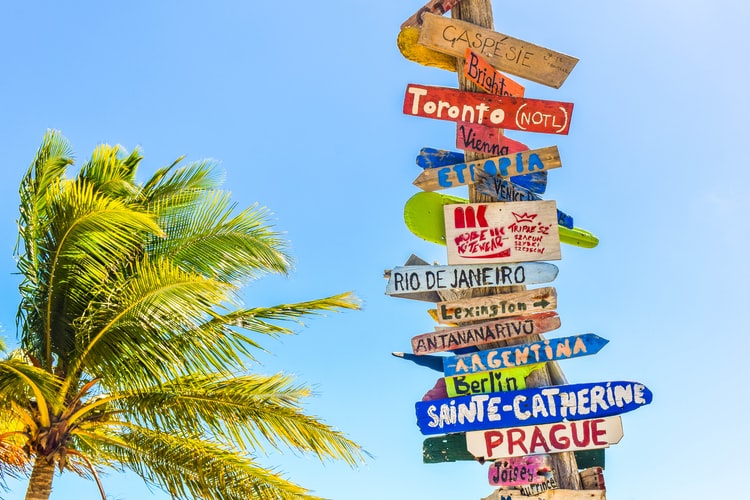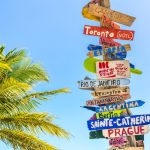“People who spend money on experiences report being happier than those who spend money on objects.”
− Anonymous, thepsychmind.com.
Tourism Management is a complex sector involving a wide range of economic operations. Tourism supply is one of the operations. It is highly reliable on the natural, artificial or man-made, operating, as well as the regulatory components involved in creating the tourism product. The supply elements are geographically confined to a fixed place hence, the stake holding businesses need to provide products and services by putting costs and anticipating promotion of their individual products and revenue.
It influences an entire tour right from starting the tour up to ending it gracefully and satisfactorily. Let us see what it is and what makes it a bundle of tourists’ satisfaction.
What is Tourism Supply?
The tourism supply of an industry is derived by summing the value of tourism products sold by the tourism industry to the tourists It takes into account accommodation services, food, transport, and other retail sales.
Properties of Tourism Supply
● Tourism supply is perishable (cannot be stored like the products).
● It cannot be examined before one purchases it.
● It is necessary to move from one place to other for its consumption.
● It is geographically fixed at different places.
Components of Tourism Supply
Here are typical components of the tourism supply −
Attractions
They are the places the tourists perceive as the satisfaction of their leisure-oriented needs.
● Natural Attractions − Caves, canyons, rocks, waterbodies, landscapes.
● Man-Made Attractions − Theme parks, towers, bridges, architecture, temples, mosques, churches, and monuments.
● Cultural Attractions − Historical sites, monuments, local arts and crafts, local folk core, music and dance.
Transportation
They are the modes of commuting.
● Road − Car, bus, cycle.
● Rail − Long distance, high speed, commuter, or intercity trains.
● Water − Boats, ferries, cruises.
● Air − Carriers that operate on fixed schedule, Charters that operate as and when required.
Intermediaries
They are the mediators.
● Travel Agents − The business of selling hospitality and tourism products.
● Tour Operators − They deal with the operating components for rates.

Destination
It is the place the tourists visit. It is composed of −
● Accommodation − Hotel, motel, lodge, guest house, B&B.
● Restaurant − Specialty restaurants, themed restaurants, branded restaurants such as CCD, KFC, Bistros, and takeaway food joints.
● Tourist Facilities − Pubs, entertainment parks, shopping centers, and casinos.
Activities
They include activities the tourists are interested to engage in −
● Adventure Sports − Mountain biking, bungee jumping, rafting, and other similar activities.
● Leisure − Basking on beaches, swimming, dining near waterbody.
● Business Activities − Attending seminars, business meetings, promotions.
● Health Activities − Attending Yoga sessions, exercising, undergoing naturopathy, and similar such activities.
Categories of Tourism Supply Components
Tourism supply incorporates the following components −
Natural Components
They are mainly the Environmental components. They are the natural elements for visitors’ experience and enjoyment.
● Climate
● Milieus of the destination
● Flora and fauna
● Natural beauty of destination
Constructed Components
They are the infrastructure and superstructures. They include all surface, underground, and above the ground constructions and facilities.
● Water Supply System
● Cooking gas supply system
● Electric supply system
● Drainage and sewage system
● Rest rooms for sanitation
● Airports
● Transport hubs
● Parking hubs
● Accommodations/hotels/Restaurants
● Museums
● Gardens
● Shopping centers
● Attractions
Operating Components
They are mainly related to the services. They include the work force that is instrumental in imparting excellent experience to the tourists.
● Transport service
● Food service
● Accommodation service
● Service at the places of attraction
Regulatory Components
They are the permitting authorities.
● The public sector − Government policies
● Licensing
● Civil rights authorities
● NGOs
The tourist supply inspires, conducts, and affects the entire tour. If any one of the above given components does not work well, it impedes the experience of the tourists and the tour does not turn out to the tourists’ satisfaction.

